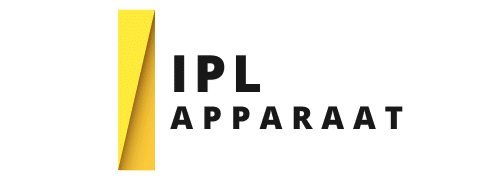KPIs and metrics to evaluate chatbot success
Chatbots have become integral tools for businesses, offering a range of services from customer support to sales assistance. However, simply deploying a chatbot is not enough; businesses must continuously evaluate its performance to ensure it meets their objectives. Key Performance Indicators (KPIs) and metrics play an important role in this evaluation, providing insights into how effectively a chatbot is operating and where improvements are needed. This article shows you the essential KPIs and metrics to consider when assessing the success of a chatbot.
User engagement
User engagement is a fundamental metric for evaluating the success of a chatbot. More information available here. It measures how users interact with the chatbot, including the frequency and duration of these interactions. High engagement levels indicate that users find the chatbot useful and relevant to their needs. Key metrics under this category include the number of active users, the number of interactions per user, and session duration.
In parallel : Can Optical Computing Provide the Next Leap in Processing Speed and Energy Efficiency?
Additionally, analyzing user engagement can provide insights into user behavior and preferences. For instance, a high number of interactions may suggest that users are comfortable using the chatbot for various queries, while longer session durations can indicate that users are finding value in the conversations.
Resolution rate
The resolution rate is a critical KPI that measures the chatbot’s ability to successfully address and resolve user queries. A high resolution rate indicates that the chatbot is effectively fulfilling its primary purpose, whether it's providing customer support, answering questions, or assisting with transactions. This metric is calculated by dividing the number of successfully resolved interactions by the total number of interactions.
Also read : How Might Biodegradable Circuits Influence the Future of Electronic Devices?
In addition to the overall resolution rate, it’s important to analyze the types of queries being resolved and the time taken to reach a resolution. This can highlight areas where the chatbot excels and identify any recurring issues or gaps in its knowledge base. For example, if the resolution rate is high for basic inquiries but low for more complex questions, it may indicate the need for further training or updates to the chatbot’s capabilities.
User satisfaction
User satisfaction is an important metric for assessing the overall success of a chatbot. This can be measured through direct feedback mechanisms such as surveys, ratings, or post-interaction questionnaires. High user satisfaction scores reflect a positive user experience, indicating that the chatbot is meeting user expectations and delivering value.
Furthermore, user satisfaction metrics can be segmented by different types of interactions or user demographics to gain deeper insights. For instance, analyzing satisfaction scores based on the nature of the query (e.g., customer support, sales inquiry) can reveal specific areas where the chatbot excels or needs improvement. This granular approach enables targeted enhancements, ensuring the chatbot continues to deliver high-quality interactions across all user segments.
Task completion rate
The task completion rate measures the chatbot’s effectiveness in helping users complete specific tasks, such as booking appointments, processing orders, or providing information. A high task completion rate indicates that users are able to accomplish their goals efficiently with the help of the chatbot. This metric is particularly important for transactional or goal-oriented chatbots, as it directly correlates with user satisfaction and the overall success of the chatbot in fulfilling its intended purpose.
Monitoring the task completion rate involves tracking the number of initiated tasks versus the number of successfully completed tasks. This metric can highlight potential bottlenecks or obstacles in the user journey that may need addressing. For example, if users frequently abandon tasks midway, it may indicate usability issues, unclear instructions, or technical problems.
Retention rate
The retention rate measures how effectively the chatbot retains users over time, indicating its long-term value and relevance. This metric is calculated by tracking the number of returning users over a specific period. A high retention rate suggests that users find the chatbot consistently useful and are likely to continue using it for their needs.
In summary, evaluating the success of a chatbot requires a comprehensive approach, encompassing various KPIs and metrics. User engagement, resolution rate, user satisfaction, task completion rate and retention rate are all critical indicators of a chatbot’s performance. By continuously monitoring and optimizing these metrics, businesses can ensure their chatbot delivers valuable and efficient interactions, ultimately enhancing user experience and achieving business objectives.
